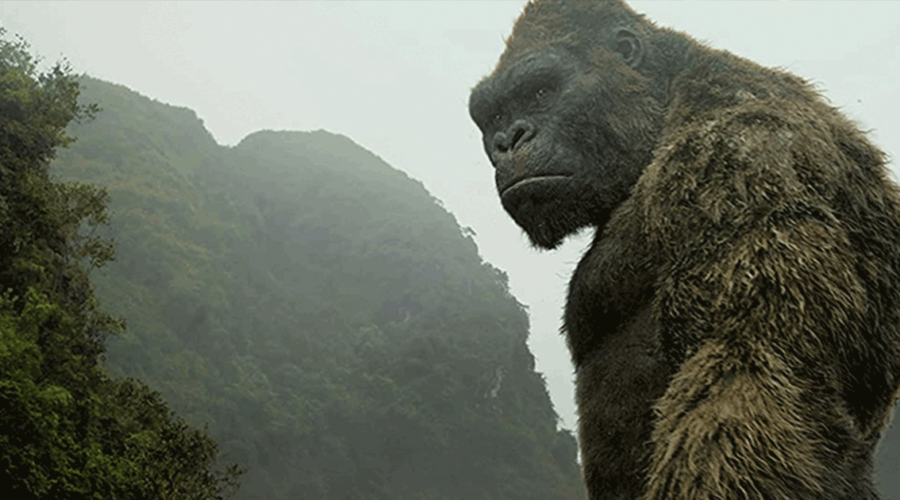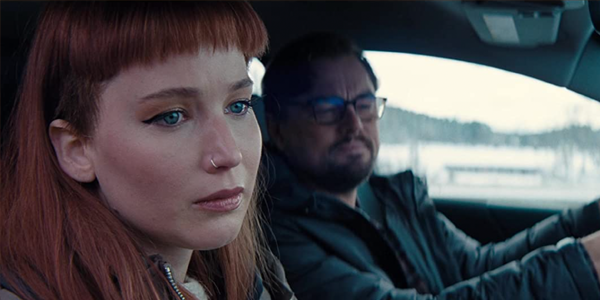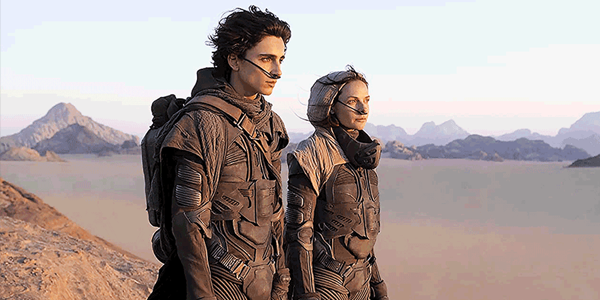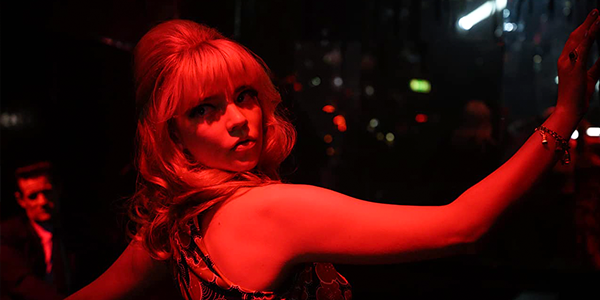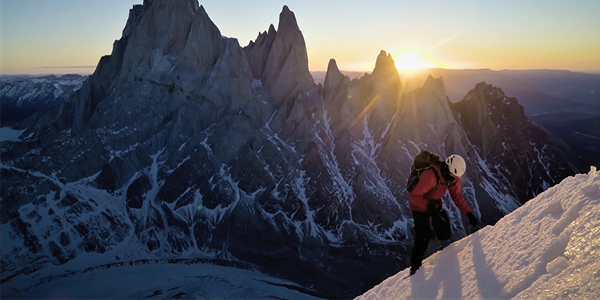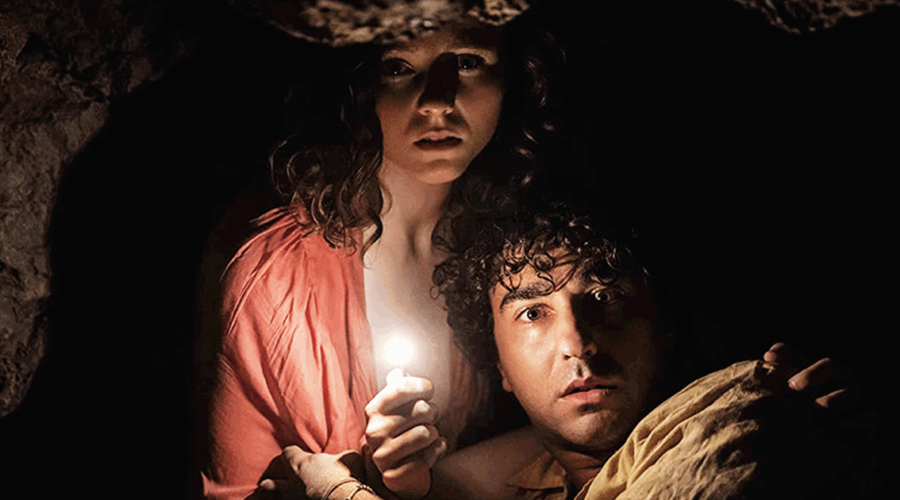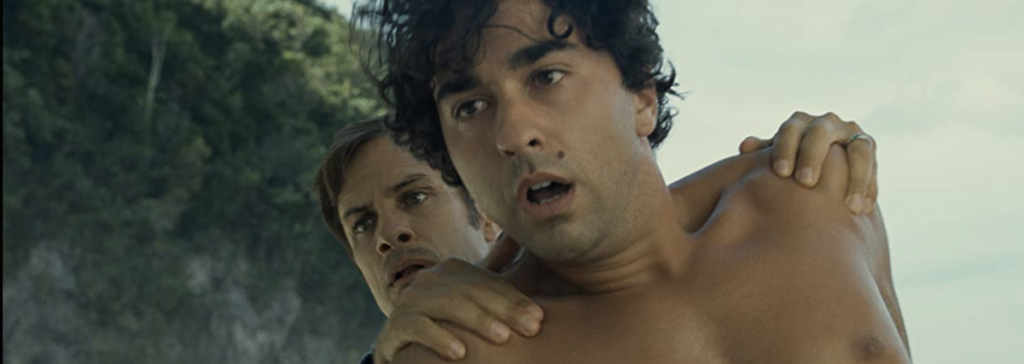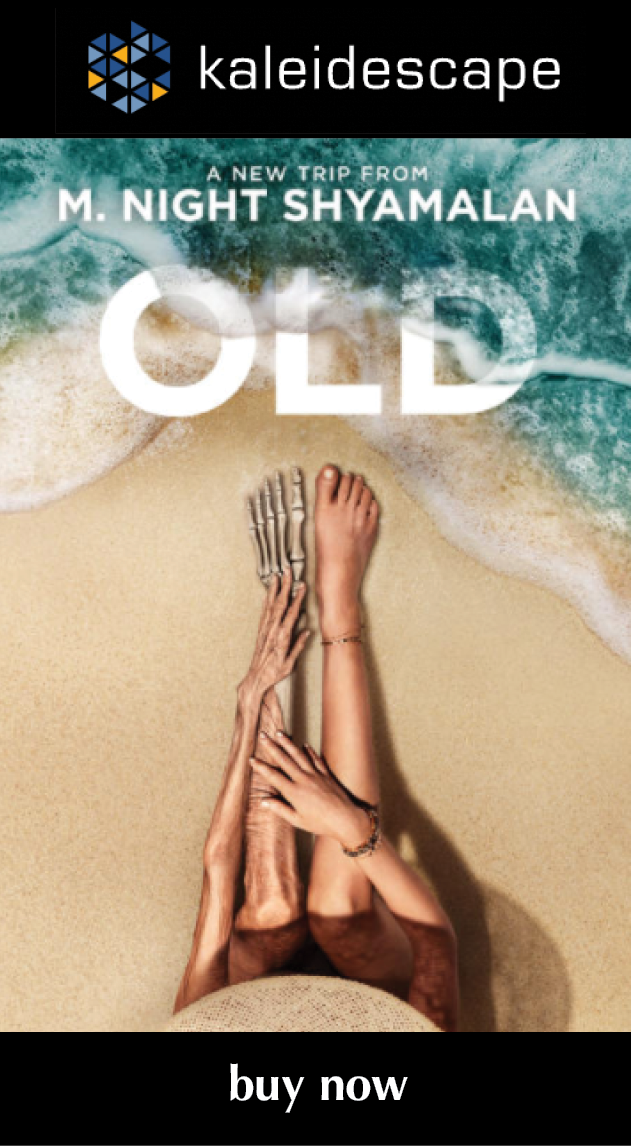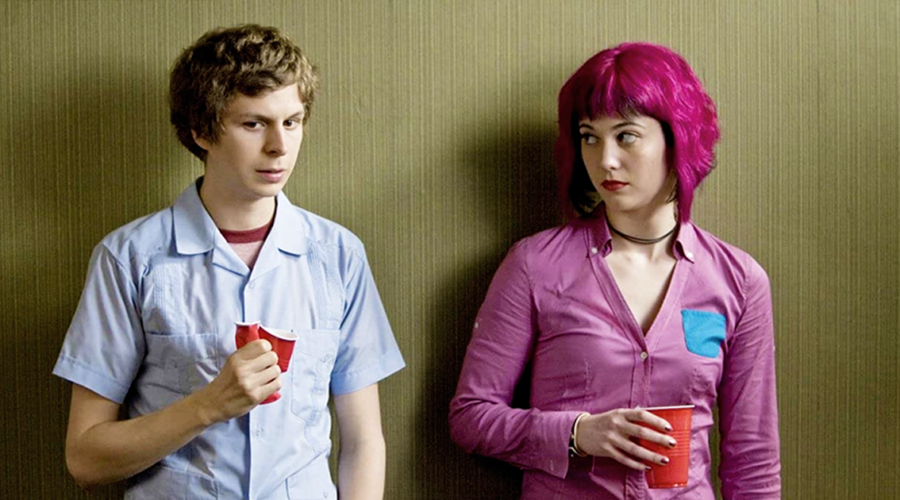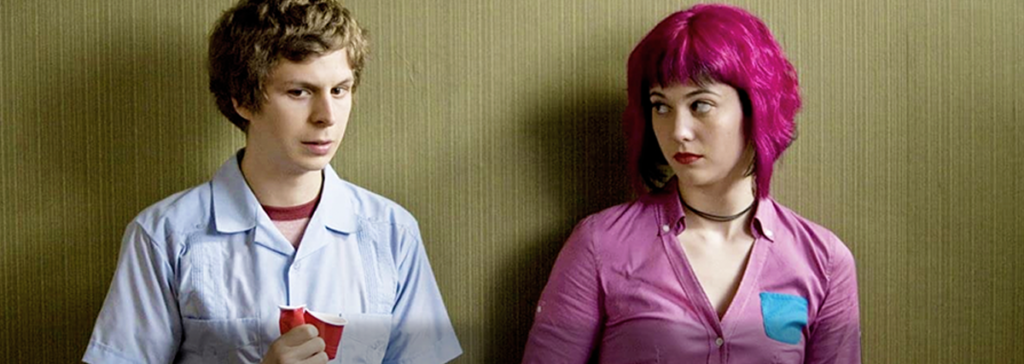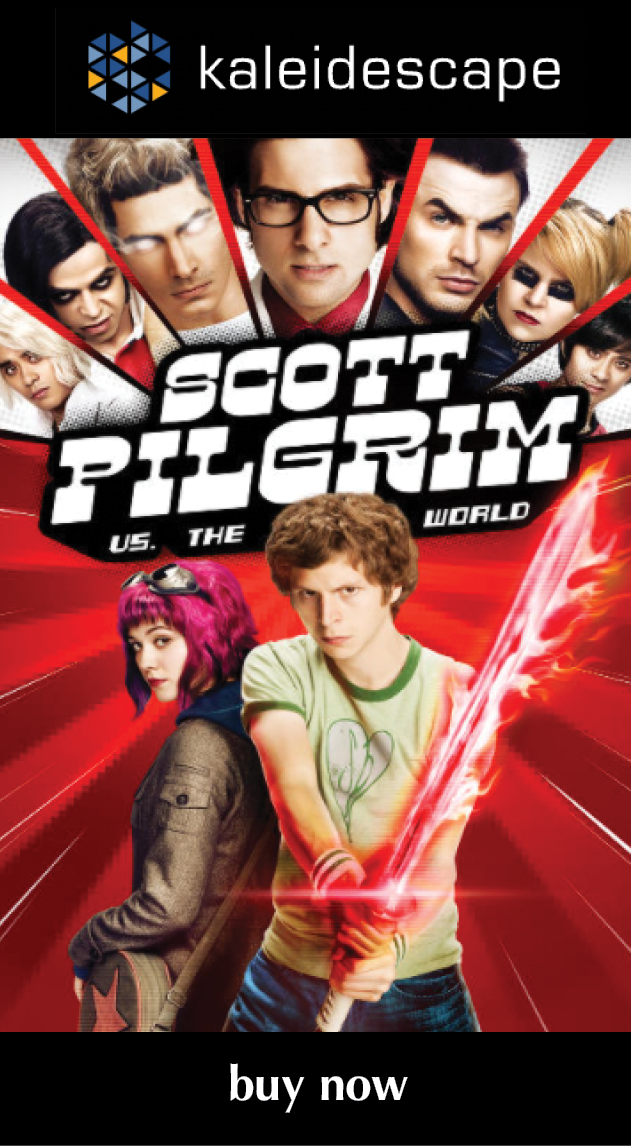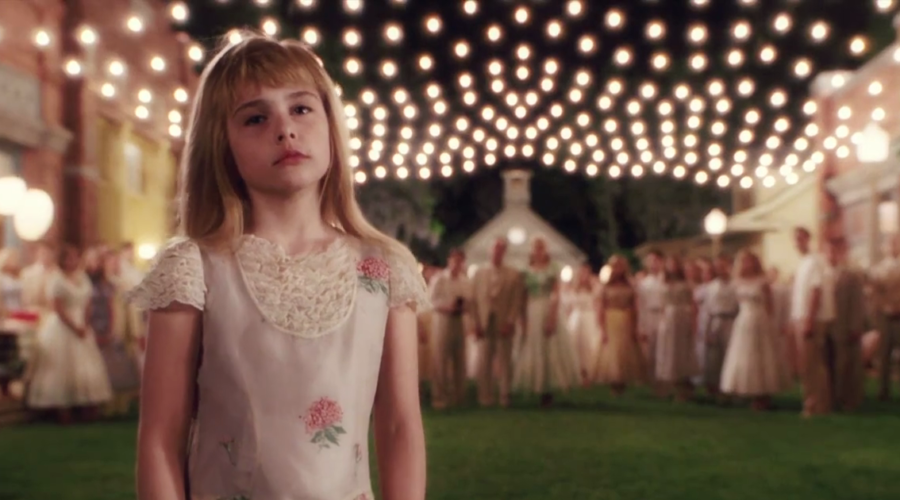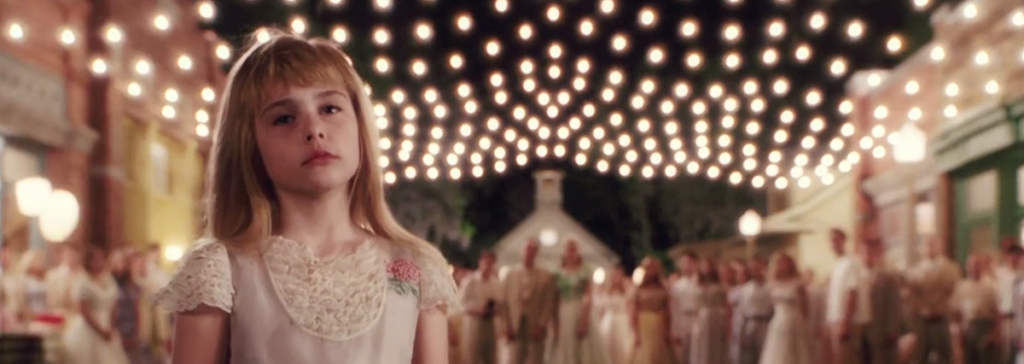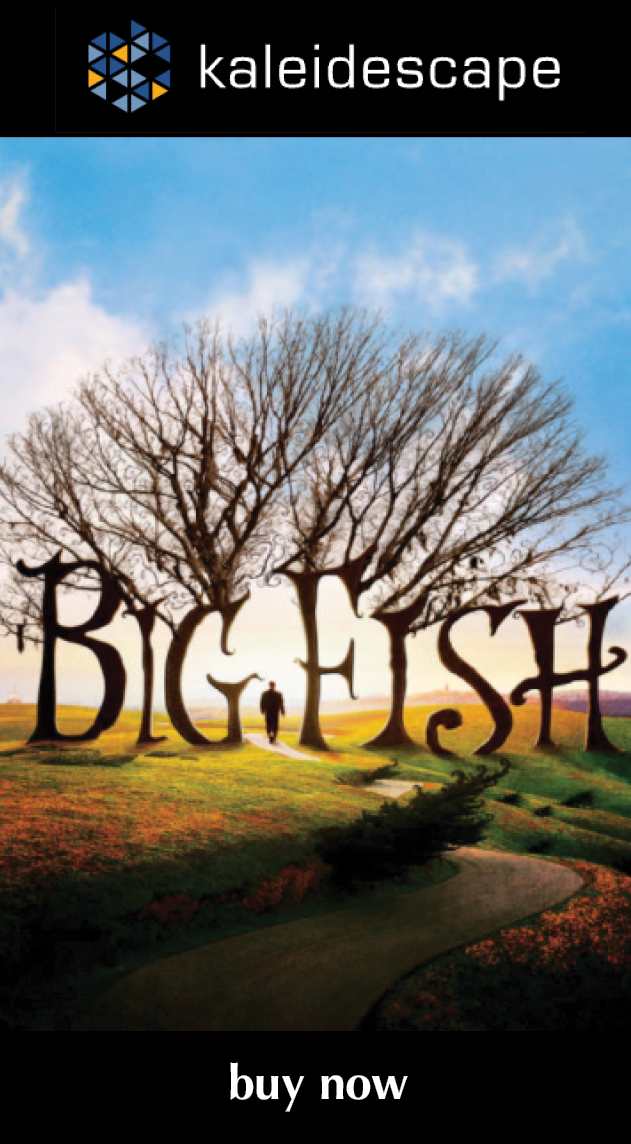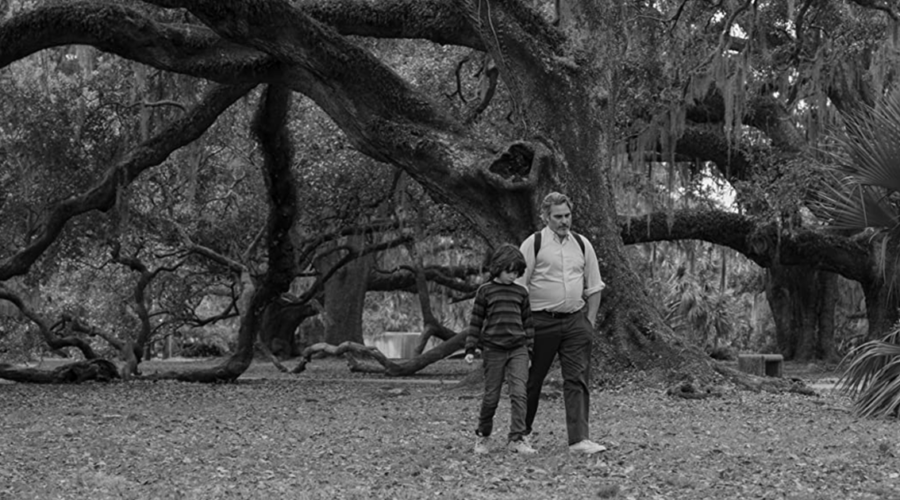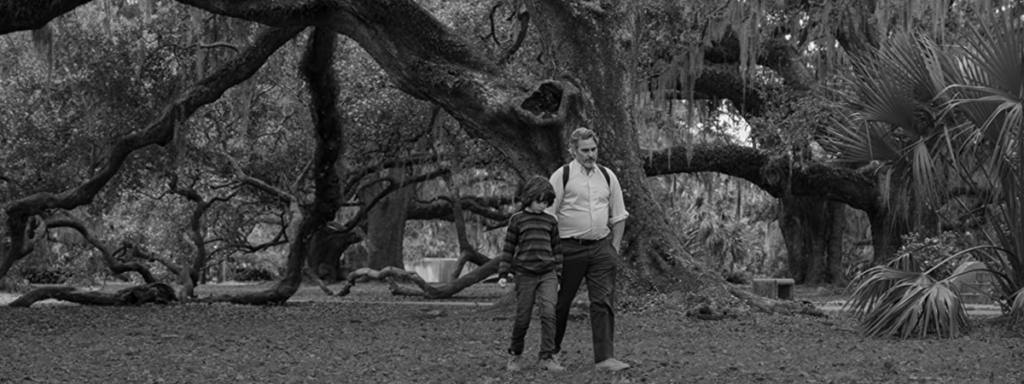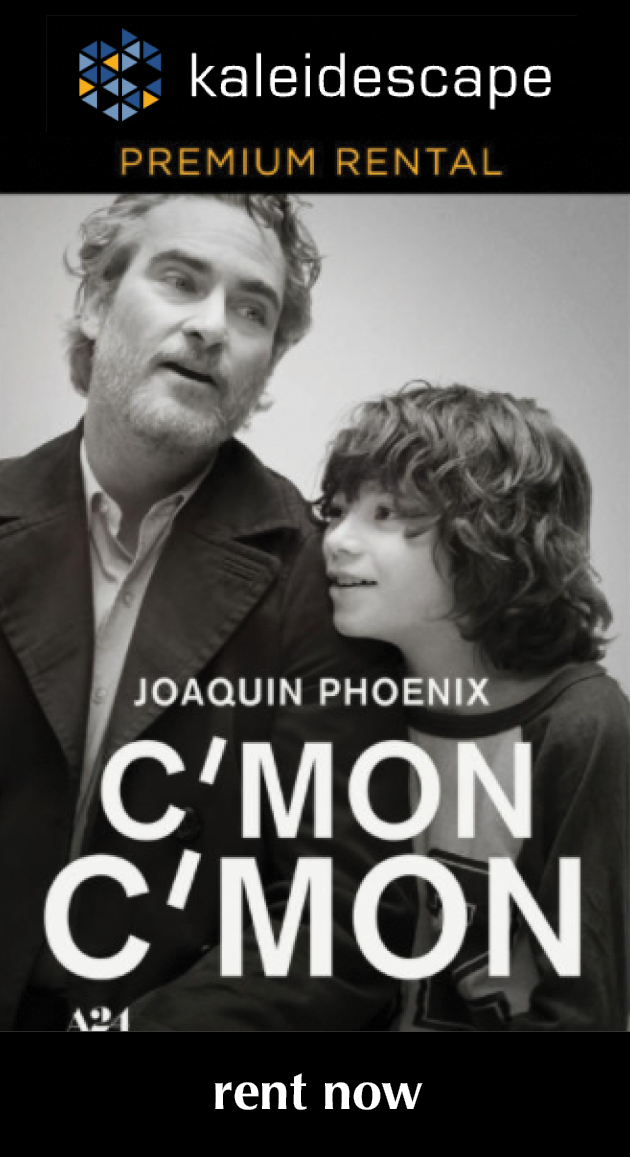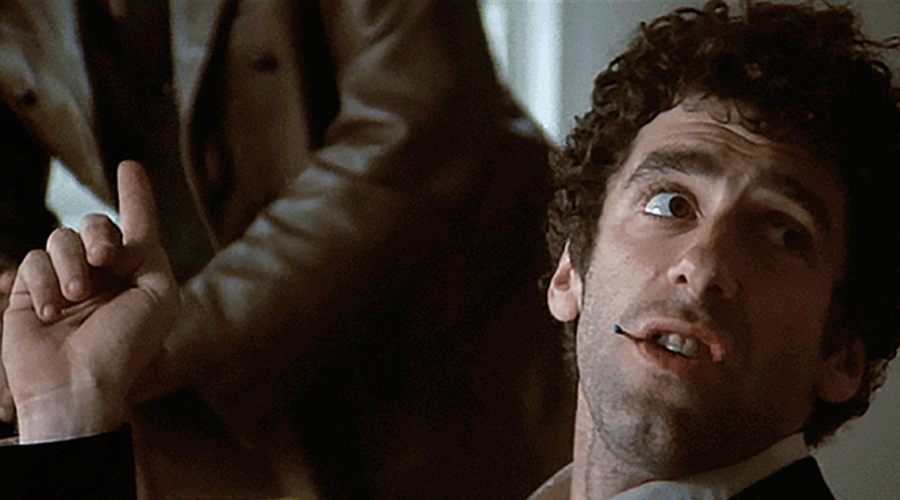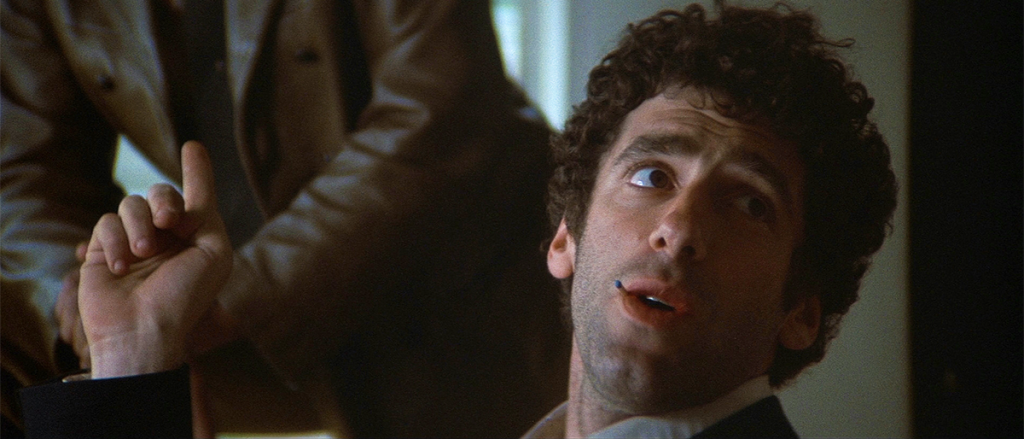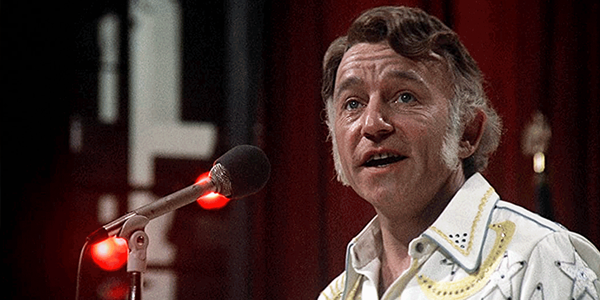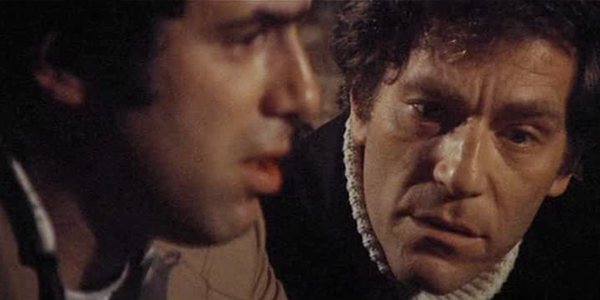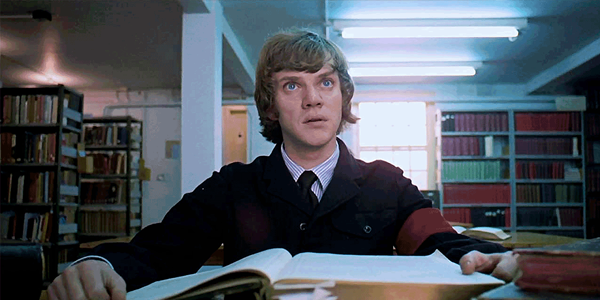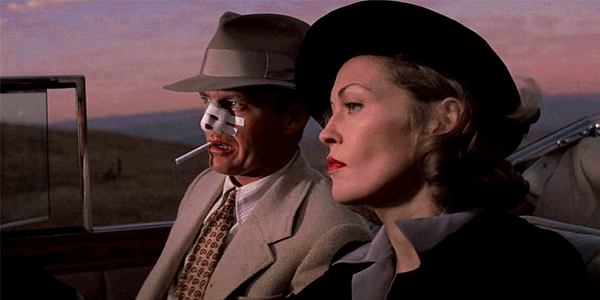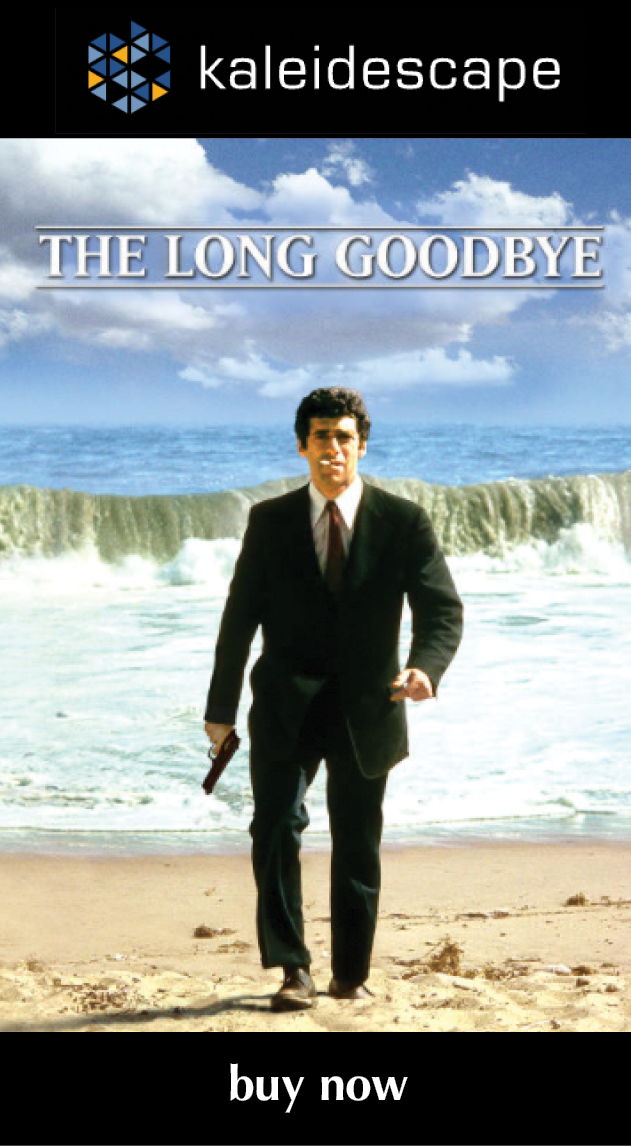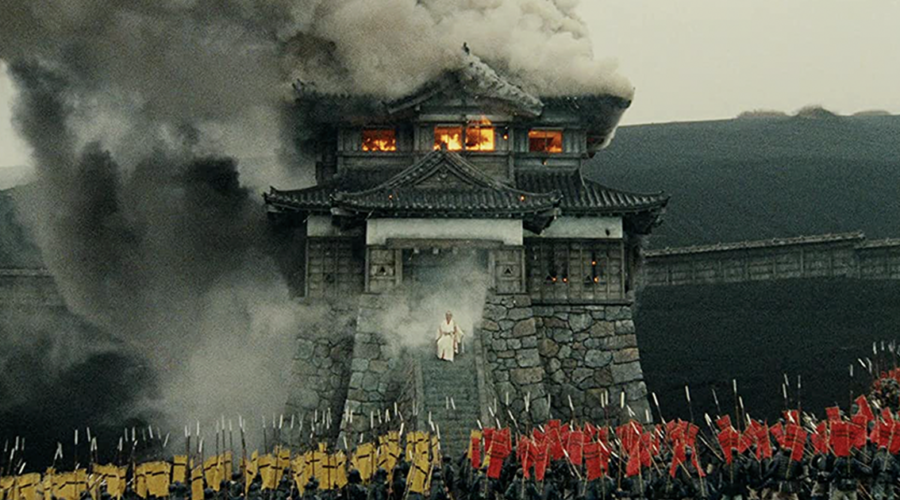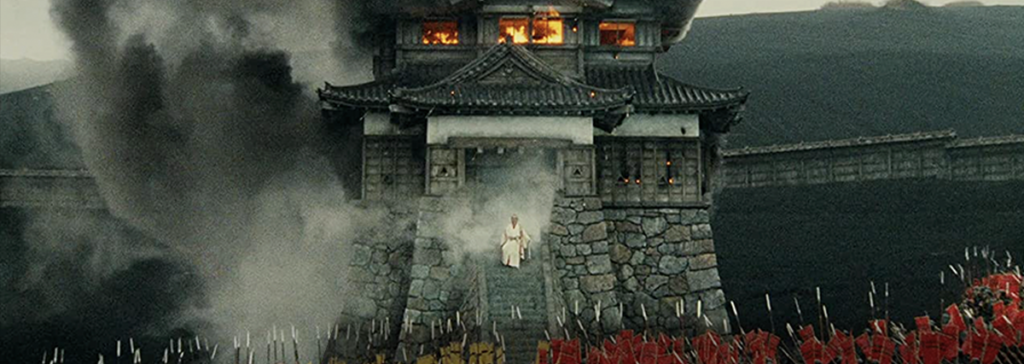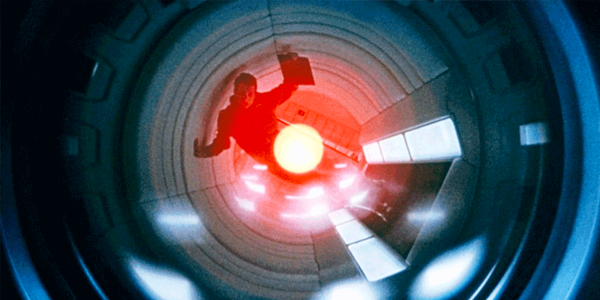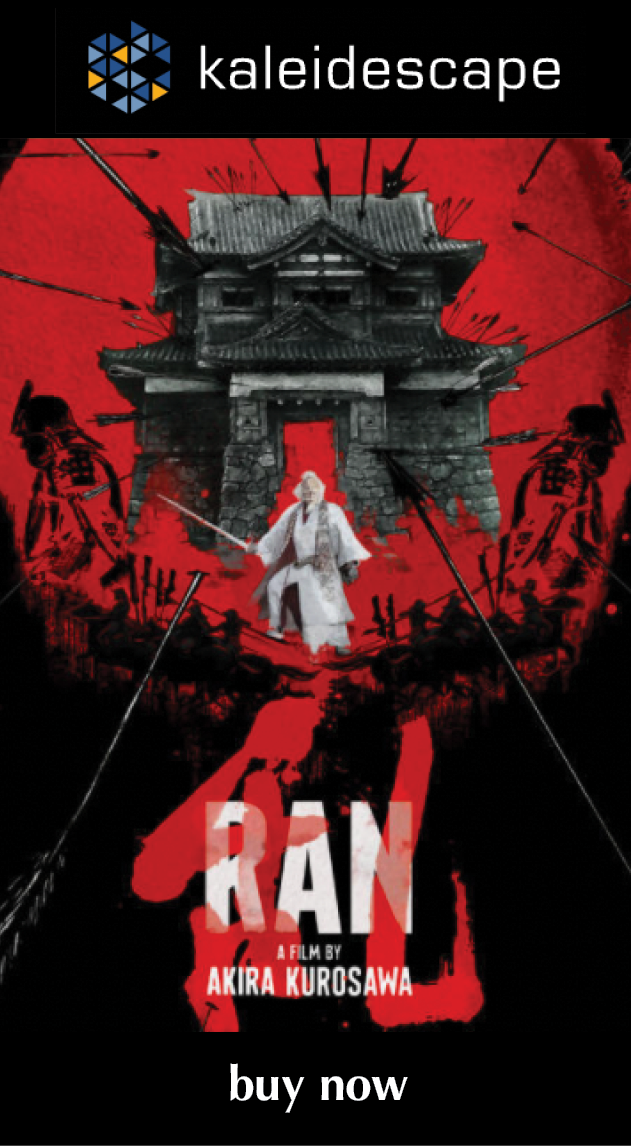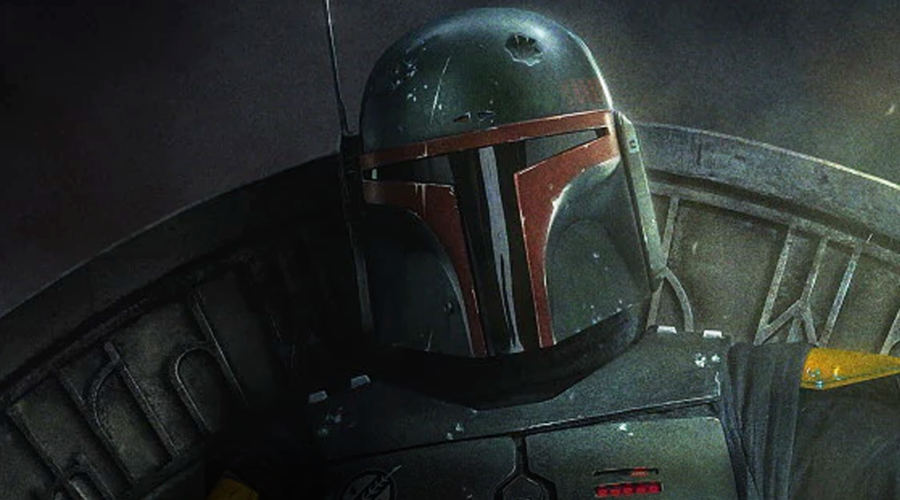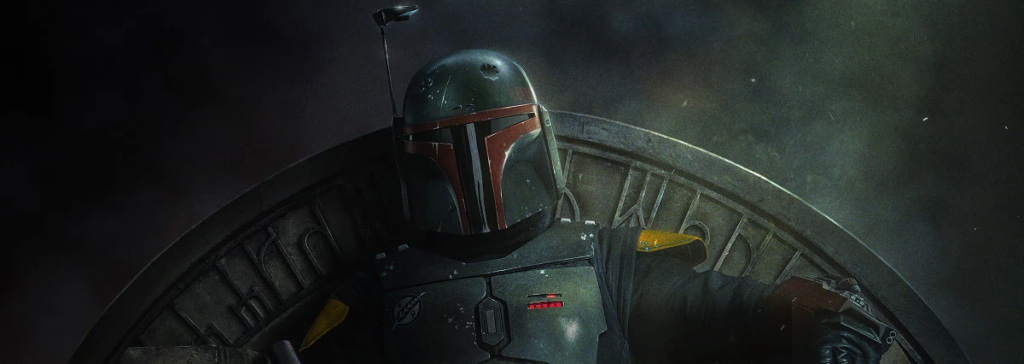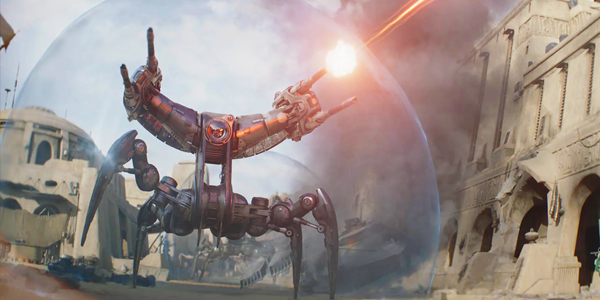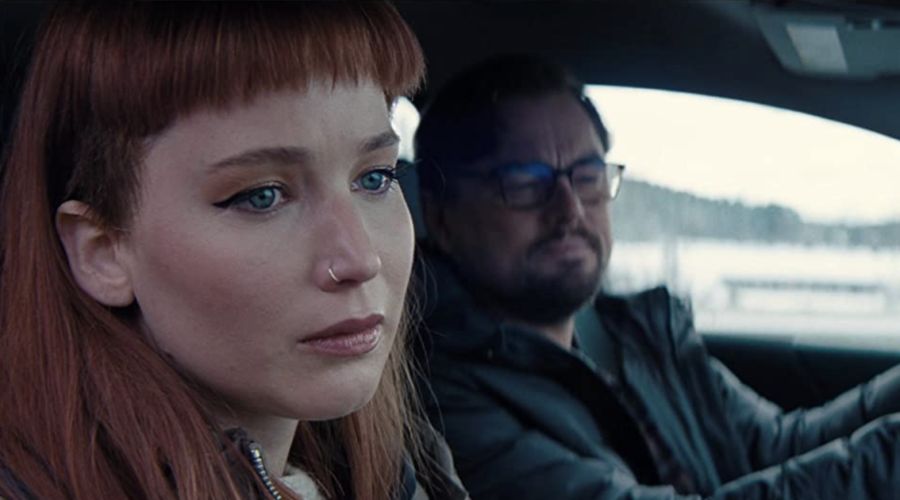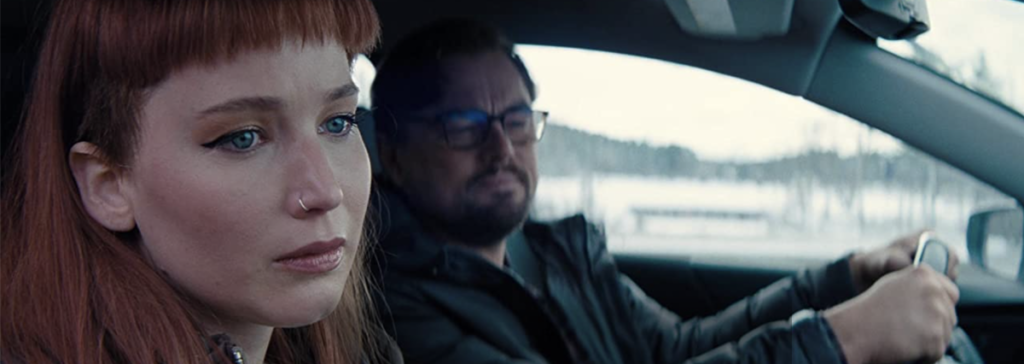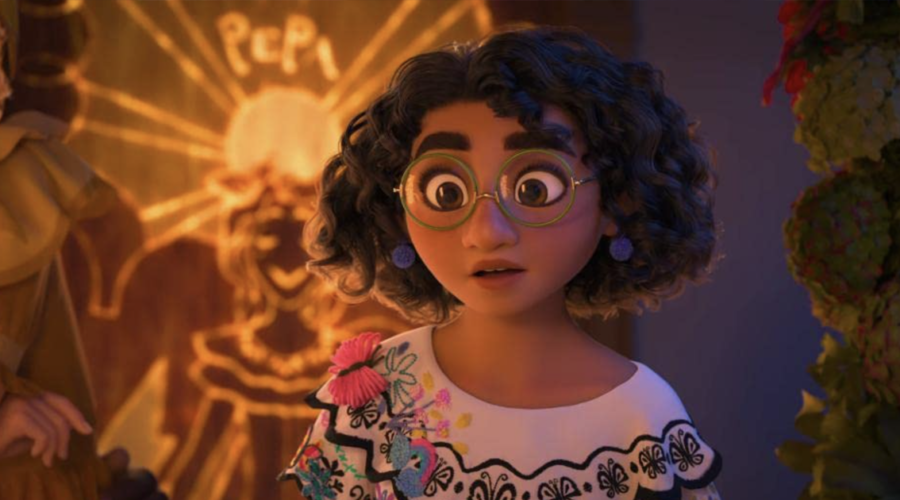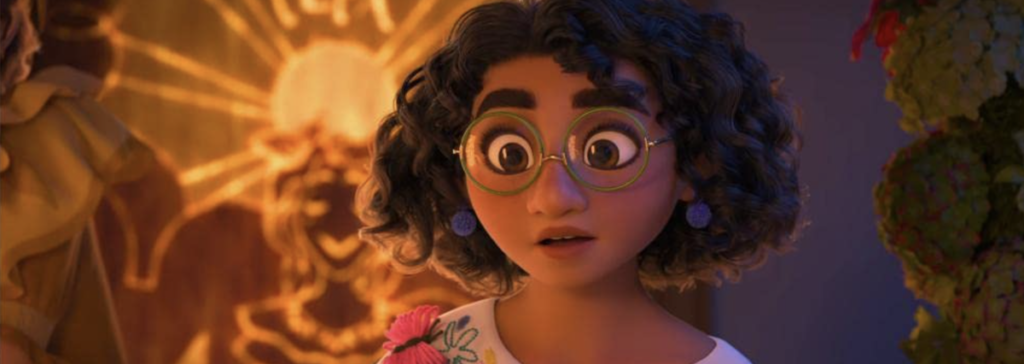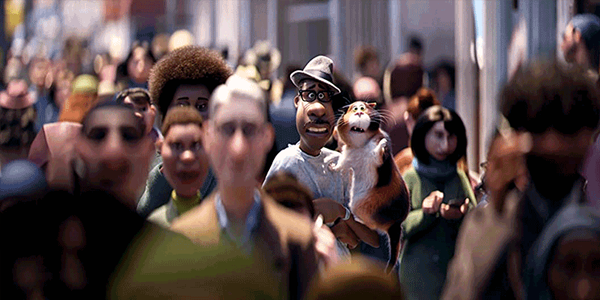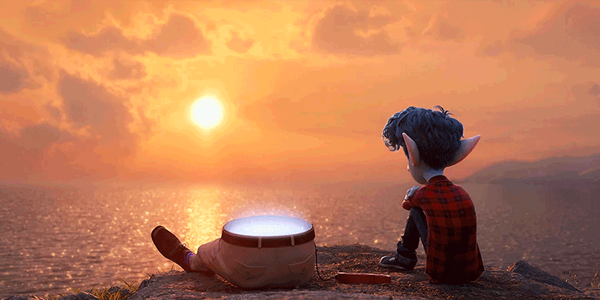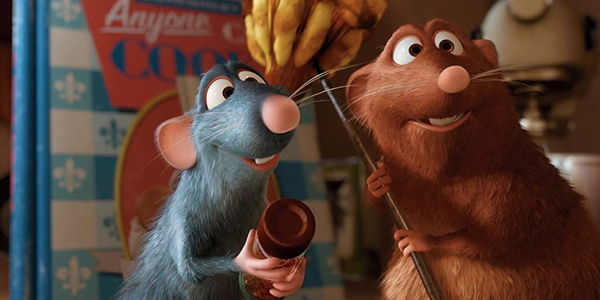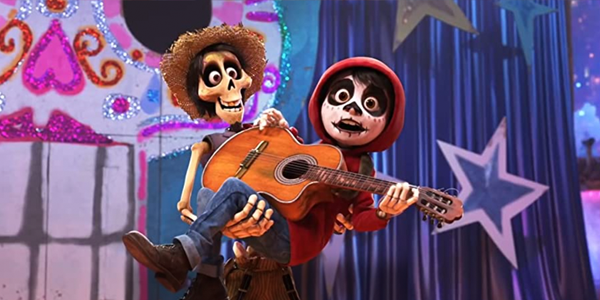Review: Kong: Skull Island

review | Kong: Skull Island
An especially dynamic Atmos soundtrack seriously ups the ante on the kind of roaring, stomping mayhem Kong does best
by John Sciacca
March 9, 2021
With Godzilla vs. Kong getting ready to debut theatrically and streaming on HBO Max on March 31, it seemed like a good time to revisit an earlier film in the franchise, Kong: Skull Island. In the opening of my “4K HDR Wish List,” I wrote, “These are probably films you already own—or have definitely watched—and a new 4K transfer would be a great reason to revisit them,” and that definitely holds true for Skull Island. Released in 2017, I hadn’t watched it in a few years even though I’d upgraded the HD version to the new 4K HDR version with Dolby Atmos some time ago when it became available at Kaleidescape.
While it doesn’t totally apply here, the quote “comedy is tragedy plus time” comes to mind. Skull Island didn’t really stand out in my memory as anything special but on watching it this time, the movie was far more entertaining. Maybe it was the improvements in the audio/video quality, maybe it was having a better projector, maybe it was my daughter seeing it with us for the first time. Whatever the case, Skull Island just worked, having solid pacing, story, acting, and the right amount of quirky just-shy-of-crazy humor courtesy of John C. Reilly.
I’d also forgotten how much star power was brought to bear. Along with John Goodman as head of the government agency Monarch, it unites four actors from the Marvel Cinematic Universe (which might be a record in a non-Marvel film, something I’d need resident MCU-expert Dennis Burger to confirm), including Tom Hiddleston (Loki), Samuel L. Jackson (Nick Fury), Brie Larson (Captain Marvel), and Corey Hawkins (small part in Iron Man 3 listed as “Navy Op”).
What Skull Island does right is to focus on what it is: Kong on Skull Island. There isn’t a long preamble or slow build-up but rather a small bit of pre-credits setup that establishes a later payoff, a short explanation of the science of how this island has remained off the charts for so long and why it’s so important to investigate it now, a bit of introduction to the team, and then boom! You’re thrust straight into the action. Within the first 25 minutes, we’re transported to the island and in the thick of it. Kind of like with the recent Monster Hunter, you aren’t tuning to a film called Kong: Skull Island for a deeply philosophical examination; rather, you want an engaging and entertaining story wrapped around Kong battling and smashing stuff. This film plays by believable rules and allows you to maintain a suspension of disbelief with none of those head-shaking moments where the visual effects team does something solely for the case of impressing with their skills.
And speaking of the VFX, they’re surprisingly terrific. If Kong looked fake the film would fail, or if they shied away from showing him in all his glory you’d know it was a cheat, but there are plenty of closeups of the giant ape, and his size, scale, and speed are all realistic and impressive. In fact, the film was nominated for an Academy Award for its effects work (losing to Blade Runner: 2049).
Set in 1973 with the Vietnam war winding down, warmonger Lieutenant Colonel Packard (Jackson) is thrilled to have one final op with his Air Cav unit to investigate an uncharted island before returning home stateside. The soldiers head off to the island aboard a convoy of helicopters along with a small team of scientists, including Goodman, an ex-British Special Forces tracker Conrad (Hiddleston), and a photographer Weaver (Larson). The idea is to test Brooks’ (Hawkins) “Hollow Earth” theory by flying around and dropping seismic charges on the island, but this gets the attention—and ire—of one mammoth 100-foot ape, who quickly dispatches the helicopters, leaving the team separated on the ground and trying to survive amidst other threats that are larger than life-sized.
Packard reminds me a bit of the saying, “If the only tool you have is a hammer, you tend to look at everything as a nail.” He’s an unabashed warrior and he’s looking for a fight, and Kong is the obvious threat. If Kong has a social message underpinning the story, it would be looking for fights where there aren’t enemies and learning to co-exist with those around us. But the film doesn’t beat us over the head with this, rather making a way to care about and root for Kong.
Eager to avenge his fallen soldiers, Packard goes off on his own agenda, ordering his men to hunt and destroy the ape, and he becomes the obvious antagonist to Kong’s role as island protector. Meanwhile, the separated team of Conrad and Weaver discover Hank Marlow (Reilly), a WWII-pilot who has been stranded on the island for 28 years and learned to co-exist with the natives. Together, they try to regroup with the remaining soldiers and travel across the island to the planned rendezvous point to get off the island.
Shot on Arri at 3.4K resolution, Skull Island is taken from a 2K digital intermediate. While it doesn’t have that hyper-sharp detail and resolution of some modern films, it still looks fantastic, with very clean image quality and sharp, well-defined edges. Still, some scenes are so clean and detailed they could have been filmed yesterday. Closeups can have terrific detail, showing individual stitching in the soldiers’ uniforms and exhibiting pore-level detail on all the actors’ faces save for Brie Larson, whose face always looks angelically smooth.
Early, pre-island scenes in the film have a warm, earth-toned image with picture quality that was a bit reminiscent of The Brady Bunch, and the opening blue skies from the aerial dogfight have a bit of digital noise. On the island, colors are green and lush, with a variety of shades for grass, trees, and foliage.
HDR gives plenty of depth and realism to the many scenes at night or in deep shadow. An early scene in a downtown area in Vietnam lit by bright neon lights pops off the screen. Elsewhere, there are brilliant flashes of lighting and vibrant, rich red-orange flames in the dark night of the island. The Kaleidescape transfer’s high bitrate also does a nice job keeping the island’s fog and smoke from becoming a digital mess.
Sonically, you get a glimpse of what you’re in for in the opening seconds, with planes flying and fighting overhead and buzzing around the room. The overhead flyover—or tracking objects as they pass around and across the room—is a favorite of Atmos theater owners, and this delivers, with plenty of other similar sonic moments such as helicopters swirling around, announcements from PA systems, or the blare of master caution alarms. This dynamic Atmos soundtrack almost constantly has something going on, including big dynamic effects and tons of ambient jungle sounds like bugs and wind rustling leaves in trees.
The soundtrack is heavily influenced by psychedelic, Vietnam-era rock from the late ’60s, which is given a lot of room to play across the front channels and into the height speakers. The mix also does a great job of tracking audio objects, such as when things move left/right of center and then pass into the surrounds off camera. We also get a near-videogame use of localizing threats, as you’ll hear things coming up on our characters from the surround channels. We also get to enjoy a healthy amount of low-frequency effects courtesy of Kong’s stomping footsteps and roars, and from explosions.
Kong: Skull Island give a glimpse of the kinds of battles we can expect in Godzilla vs. Kong as Kong fights the Skull Crawlers, and be sure to stick around all the way through the end credits for a scene that leads us into the sequel. As Marlow said, Kong is young and still growing, and we need him to keep growing to defend us from other threats. If GvK takes place in the current day, this will have given Kong almost 50 years of growing to prepare for the fight, and we’ll want him ready! Skull Island is a surprisingly fun time that makes for a great-looking and -sounding event in your home theater.
Probably the most experienced writer on custom installation in the industry, John Sciacca is co-owner of Custom Theater & Audio in Murrells Inlet, South Carolina, & is known for his writing for such publications as Residential Systems and Sound & Vision. Follow him on Twitter at @SciaccaTweets and at johnsciacca.com.
PICTURE | Shot in 3.4K and taken from a 2K digital intermediate, Skull Island doesn’t have the hyper-sharp detail and resolution of some modern films but still looks fantastic, with very clean image quality and sharp, well-defined edges.
SOUND | The dynamic Atmos soundtrack almost constantly has something going on, including big dynamic effects, lots of flyovers, and tons of ambient jungle sounds like bugs and wind rustling leaves in trees.
© 2025 Cineluxe LLC
